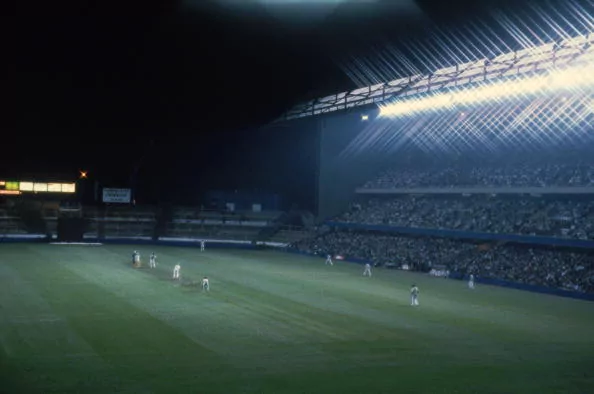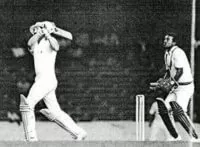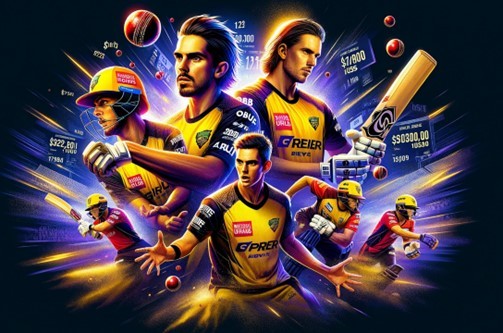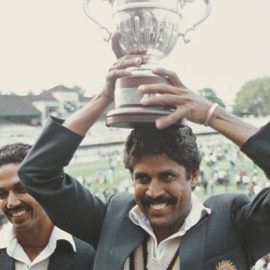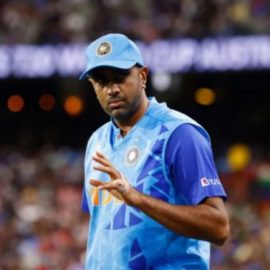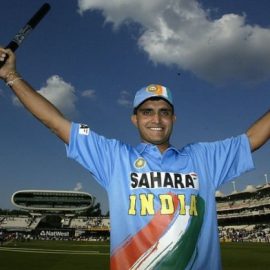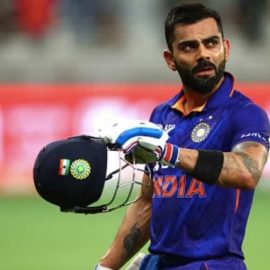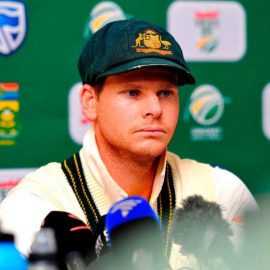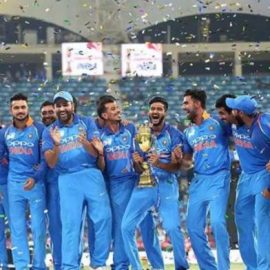In 1977, Australian businessman and media tycoon Kerry Packer started the World Series Cricket tournament which brought about a paradigm-shifting change in the running of the game. Packer’s competition was the first to put players in coloured shirts and trousers. The first to use white instead of red balls. It was also the first cricket tournament to be played under floodlights.
This experimentation, even though faced much scrutiny and met with several disapproving nods, was a great hit in Australia. It was inevitable that it would be tried out in England. The only issue was the fact that almost all stadiums equipped with floodlights were used for football.
In 1980, Surrey, backed by the Daily Mirror, took a gamble by staging a match under the lights at Stamford Bridge – home of English football club Chelsea. The touring West Indies side provided the opposition.
But a football pitch is much narrower and longer than a cricket ground. Even the most gentle of knocks over cover or square leg could result in a six or a boundary. Surrey’s manager Micky Stewart assured the press that the match was not a gimmick.
“This is will be a highly competitive match and not just a staged event,” he stressed.
Surrey though, were in a bit of a pickle. Their semi-final against Yorkshire in the Gillette Cup on Wednesday was called off due to rain and postponed to the next day – the day they were supposed to play the West Indies.
Fortunately for the organizers, Essex were on standby. “It was a great evening, 11,000 people turned up and there was a really good atmosphere,” said opener Graham Gooch.
“The dimensions at the ground were obviously unusual – it was short at the sides, longish at the ends. You got good value for your shots, and I think the crowd got plenty of fielding practice. I remember the wicket actually played quite well, which was paramount if you were playing the West Indies, with their pace.”
Harry Brind, the groundsman at The Oval, was roped in to supervise the pitch layout. Essex had to loan their mobile scoreboard as Chelsea’s electronic one was not best equipped to handle the complexities and the plethora of statistics involved in the game of cricket.
So on 14 August 1980, the match between Essex and the West Indies went ahead with the great Vivian Richards hitting a half century. Richards took 15 minutes to get off the mark but then raced to a quickfire 50 in the next 15 that included hitting 20 runs off just four balls from David Acfield’s over.
The explosive Collis King who scored 86 runs off just 66 balls in the final of the World Cup, smashed his way to 56 and Faoud Bacchus remained 87 not out. The West Indies set a target of 258.
Gooch was in an utterly unforgiving mood as he hit ten sixes and scored a hundred. The match was abandoned because of rain soon after and Essex were handed the victory by virtue of having a better run-rate. This happened years before the Duckworth/Lewis method was first implemented to determine a match that was marred with the unfortunate weather.
More than 11,000 fans were present at Stamford Bridge to watch the game. Tickets were priced at £2, and thanks to sponsorships, the total income of the day was £50,000.
When Chelsea played Wrexham in a 2-2 draw in the next game, there were chants of “We want cricket!” from the stands during the dull moments of the game.
A month later on September 17, an England XI including Ian Botham, Graham Gooch, Geoffrey Boycott, etc. played a Rest of the World XI that featured Sunil Gavaskar and Clive Lloyd among others, at Bristol City’s Ashton Gate stadium in front of nearly 8,000 spectators.
Botham and Gooch both scored half-centuries to set a total of 214. But thanks to Gavaskar’s 67 and Sadiq Mohammad’s 64 the ROTW team won by eight wickets.
Both matches were a rousing success and provided great entertainment, but it would be years before competitive matches were played on a regular basis under floodlights.
Also See: Our live cricket streaming page.
Add Sportslens to your Google News Feed!
